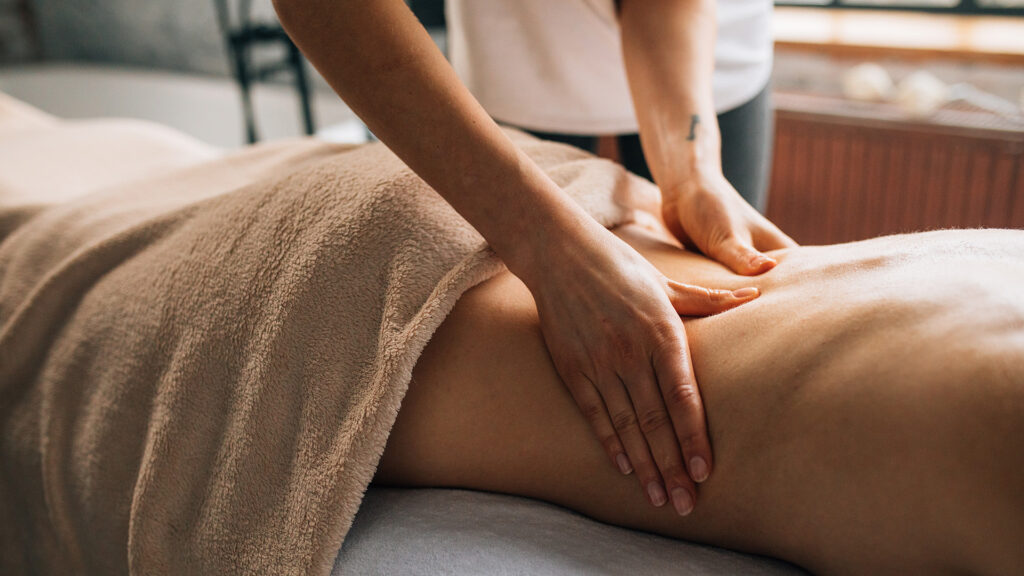
Reflexology, an ancient healing practice that dates back countless years, has obtained substantial popularity in recent years as a complementary therapy for advertising total wellness and well-being. This holistic approach to wellness is based on the concept that specific factors on the hands, ears, and feet represent various body organs and systems within the body. By applying pressure to these factors, professionals intend to restore and ease numerous disorders balance to the body.
Reflexology foot chart revealing pressure factors, watercolor style The origins of reflexology can be mapped back to ancient civilizations, consisting of Egypt and China. In fact, hieroglyphics uncovered in the tomb of an Egyptian medical professional named Ankhmahor, going back to 2330 BC, show what shows up to be a reflexology therapy. In typical Chinese medicine, the idea of qi (life pressure power) streaming through meridians in the body shares similarities with the concepts of reflexology.
Modern reflexology, as we understand it today, was created in the very early 20th century by Dr. William Fitzgerald, an American ear, nose, and throat specialist. He introduced the principle of “area therapy,” which divides the body into 10 upright zones. This job was more refined by Eunice Ingham, typically described as the “mommy of contemporary reflexology,” who mapped out the reflexology points on the feet that match to various body organs and body components.
The core idea in reflexology is that by using stress to particular factors, experts can stimulate the body’s all-natural healing procedures. Applying JKリフレ to a point on the foot that corresponds to the liver is believed to boost and promote liver function. While clinical evidence supporting these cases is limited, lots of individuals report experiencing take advantage of reflexology treatments.
A few of the potential benefits of reflexology consist of:
Stress and anxiety reduction and relaxation Improved circulation Pain relief Enhanced rest high quality Boosted immune system function Improved food digestion Increased energy levels During a normal reflexology session, the expert will start by analyzing the feet, hands, or ears for any kind of irregularities or tender areas. They will certainly after that use numerous strategies, consisting of thumb and finger hook, back-up and strolling, and turning on toes, to apply stress to specific response points. The stress applied can range from mild to firm, depending on the person’s demands and level of sensitivity.
It’s crucial to note that while reflexology can be a useful complementary therapy, it ought to not be made use of as an alternative for traditional clinical therapy. Constantly seek advice from with a health care expert prior to beginning any type of brand-new therapy, especially if you have existing wellness problems or are pregnant.
As interest in different and alternative therapies proceeds to grow, reflexology has actually discovered its place in day spas, health facilities, and also some healthcare facilities. Many individuals incorporate routine reflexology sessions right into their self-care regimens, discovering it to be a relaxing and renewing experience.
Whether you’re looking for remedy for a details condition or merely aiming to boost your general health, reflexology provides a gentle, non-invasive technique to health and recovery. By exploring the elaborate links between reflex factors and the body’s systems, this old method proceeds to intrigue and advantage individuals all over the world, linking the space in between conventional wisdom and modern-day health methods.
Reflexology foot chart showing pressure factors, watercolor design The origins of reflexology can be mapped back to old worlds, consisting of Egypt and China. In typical Chinese medication, the idea of qi (life force energy) flowing with meridians in the body shares similarities with the concepts of reflexology.
This work was further refined by Eunice Ingham, commonly referred to as the “mom of contemporary reflexology,” who mapped out the reflexology points on the feet that correspond to numerous organs and body parts.
The core belief in reflexology is that by using pressure to details points, practitioners can boost the body’s natural healing procedures.
